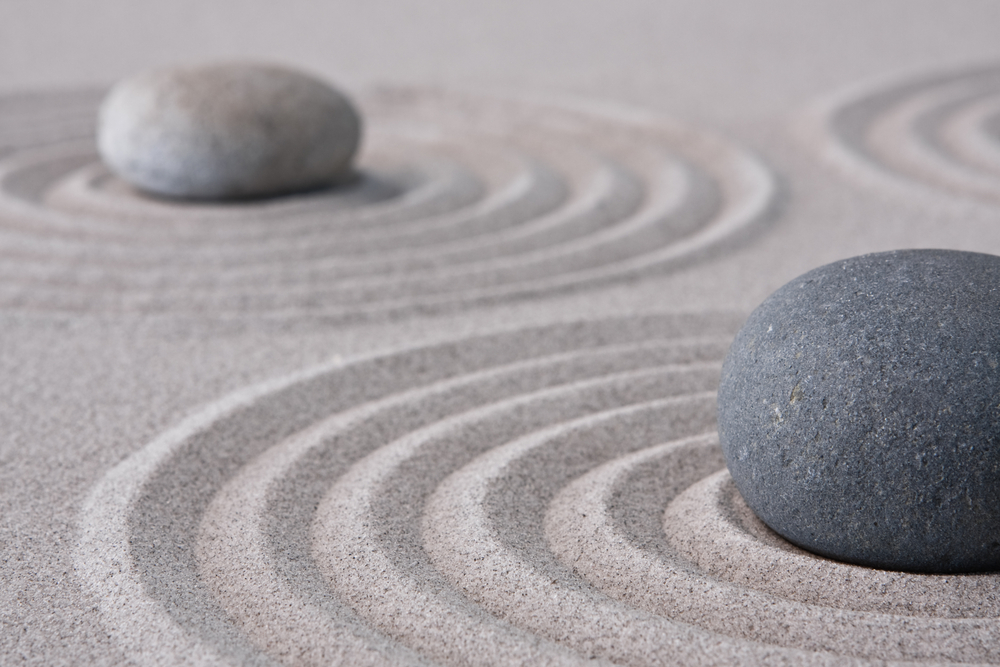Cool Stuff You Didn’t Know About Feng Shui

Unless you’ve delved a bit into feng shui, you may see it more as an interior design art. While it does involve interior design in modern homes and offices, there are spiritual and philosophical ideas behind the practice. But there is probably lots more about this unique art that you may not know. Want to test your knowledge? Check out these cool and fascinating facts about feng shui.
You’re Probably Pronouncing It Wrong
Feng shui is pronounced “fung shway” and comes from two Chinese words: “feng,” which means wind, and “shui,” which translates as water. According to the Online Etymology Dictionary, this term first appeared in English around 1797.
Feng shui has taken a while to spread into Western cultures. Some of the first English-language books on the subject date to the early 1970s. Many of these were academic texts — hardly anything like the “feng shui for dummies” type manuals you see today. The first book that’s even close to a feng shui manual was published in 1984: “Feng Shui: Ancient Wisdom for the Most Beneficial Way to Place and Arrange Furniture, Rooms and Buildings” by Sarah Rossbach.
Feng Shui Came From a Poem
While feng shui has major roots in Taoist philosophy, architect Anjie Cho mentions that the concept comes from an ancient Chinese poem. It comes from the Book of Burial, a text by Chinese historian Guo Pu written during the third or fourth century C.E. You can read the full text at Feng Shui Gate, but one excerpt details how qi works with wind and water:
The Classic says: Qi rides the wind and scatters, but is retained when encountering water.
The ancients collected it to prevent its dissipation, and guided it to assure its retention.
Thus it was called fengshui.
Why Curved Lines Are a Big Deal
If you’ve ever seen a house that uses feng shui principles, you may have noticed lots of curving, flowing lines and shapes. Cho explains why in a Mind Body Green piece by Sarah Regan. Cho mentions a belief from Chinese folklore that evil spirits can only move in straight lines. That’s why meandering paths and flowing border edges are key components of traditional Chinese gardens. You’ll find these elements in the feng shui gardens of Western homes as well.
Curved lines are also ideal in feng shui for another reason: They promote the flow of qi. Appropriately, Blue Lotus Feng Shui nicknames qi as “virtual water.” That life energy should move in a balanced way — not so slow so it gets stagnant, and not so fast that it rushes. Think of it this way: Standing water can gather disease-causing bacteria plus mold and pests such as mosquitoes and rats. And a tsunami hitting landfall at around 40 miles an hour can generate 1,700 pounds of force.
Feng Shui Uses Five Elements, Not Four
You likely know about the four elements — fire, earth, air, and water. These come from classical Greek thought, and we see them reflected in philosophies and arts like Western astrology. But feng shui uses five elements, collectively called “Wuxing”: water, wood, fire, earth, and metal. They’re more like elemental states that can nurture or inhibit each other in creative and destructive cycles. They also represent different aspects of qi, the energy that flows through everything and everyone in our universe.
Feng shui has exploded in popularity over the last few decades. While you don’t need a degree in Chinese cultural studies to understand its basics, delving deep into the subject can yield some surprising knowledge. It also shows how much can get lost in translation. Simplifying concepts can help transmit them across languages and cultures, but there’s often much more below the surface.

